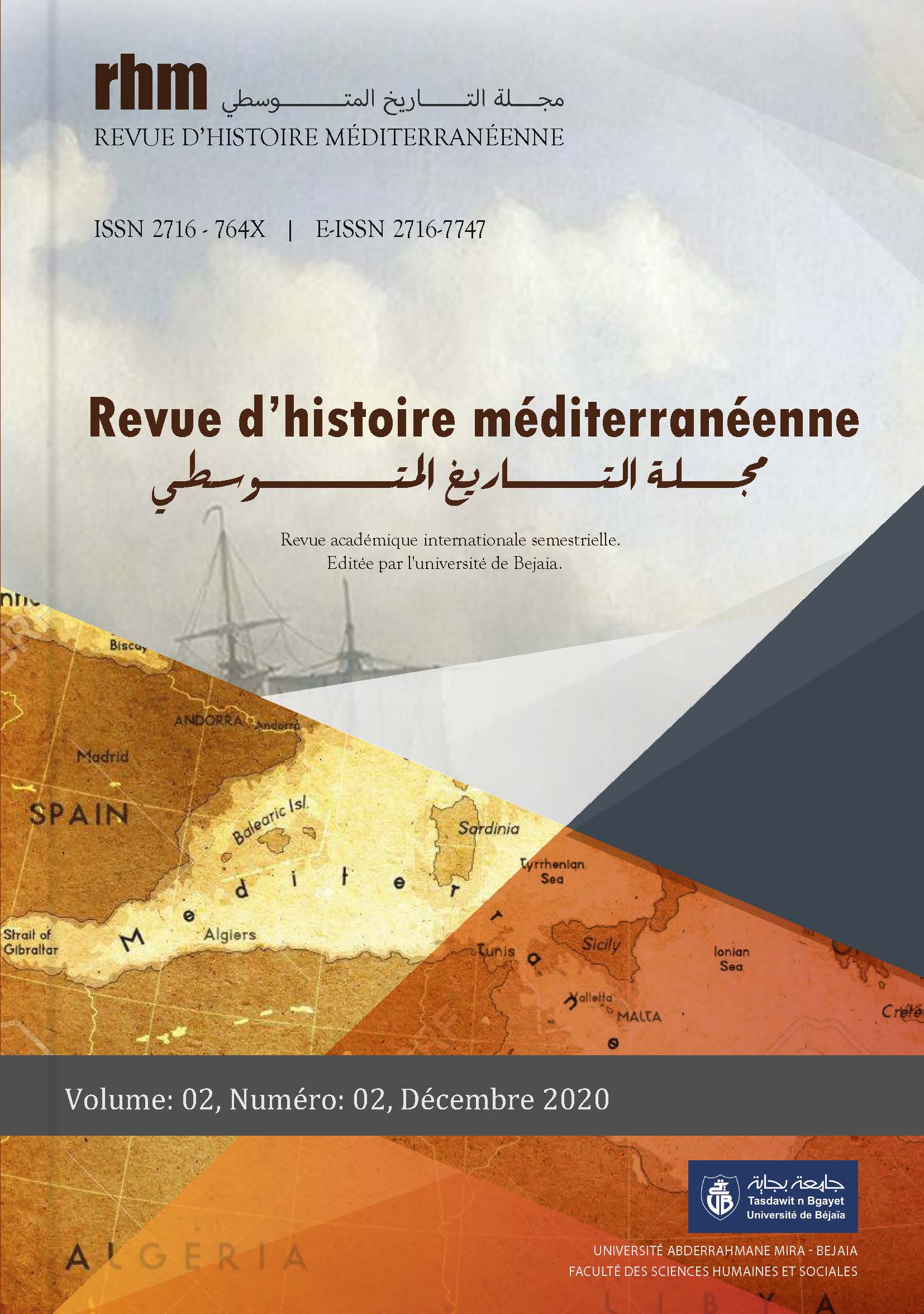Of aesthetic and spatial rationality in the 19th century in Algiers.
Abstract
Contemporary architectures see in the 19th century city the embodiment of the organic and unitary city. The urban formula of the residential blocks, the rehabilitation of the plot, the alignment on the street, boulevards and galleries, urban projects are all part of this urban renewal.
In Algeria, the fabric of the 19th century contrasts with the diffuse and unitless fabric of the rest of the contemporary city. Above all, it has remained relevant to the transformation of the current city, to population movements and to economic transformations.
This historical and urban fact constitutes the matrix which conditions the production of space today. It is the beginning of the urban modernity of the Algerian city and of its globalization. A modernity that seeks aesthetic and spatial rationality.
It is from this angle that we will, in this text, approach and revisit the city of Algiers in the 19th century through the analysis of two neighborhoods.
Keywords: Urban islands, spatial rationality, morphology, fabric (tissue), plot of land, urban esthetics, and geometrical order.
Published
How to Cite
Issue
Section
License
Copyright (c) 2024 Nadir DJERMOUNE, Directrice

This work is licensed under a Creative Commons Attribution 4.0 International License.









